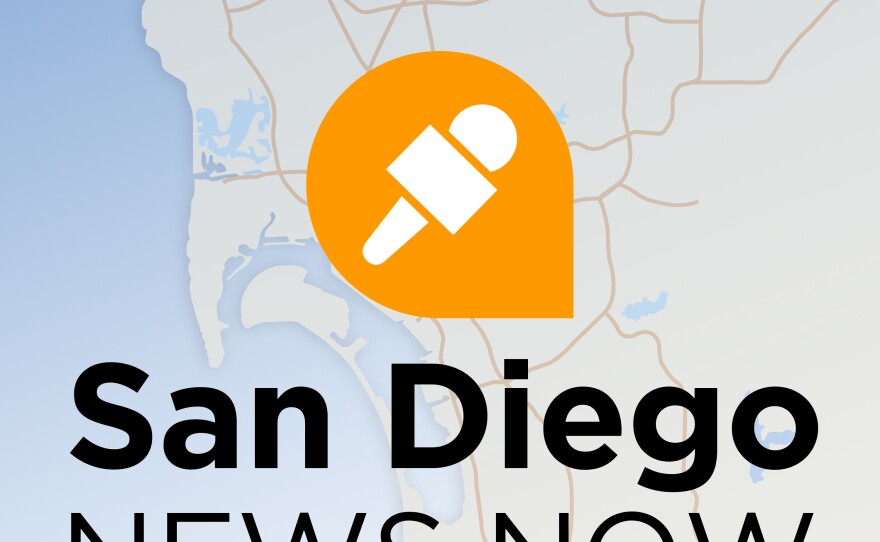On Tuesday, more than 200 arrests were made and over 4,700 pounds of fentanyl were seized over the past two months, in what local law enforcement officials described as an "unprecedented" increase in enforcement actions against alleged drug smugglers, traffickers and dealers.
The law enforcement campaign dubbed Operation Blue Lotus took place from March 13 through May 10 and was centered on the southern border in the Southern and Central districts of California, as well as the District of Arizona.
"We are an epicenter for fentanyl trafficking into the United States, and we know the immense responsibility that we bear to address this crisis," San Diego U.S Attorney Randy Grossman said in a statement. "We are answering that call to action with hard work, a purpose and a plan. Every milligram of fentanyl that we seize, and every smuggler, trafficker and dealer we bring to justice, means less fatal doses on the streets of San Diego and beyond."
The U.S. Attorney's Office said the surge in fentanyl-related enforcement has led to a marked increase in the amount of fentanyl seized in San Diego County. Over the same time period, 732 pounds were seized last year as compared with 2,931 pounds seized this year.
More defendants are also being prosecuted than ever before for fentanyl-related crimes in the Southern District of California, which comprises San Diego and Imperial counties. During the time Operation Blue Lotus was in effect, the U.S. Attorney's Office said there was a 30 percent increase in the number of defendants prosecuted for fentanyl-related crimes locally compared to the same time period last year.
-
San Diego is one of the top cities for multigenerational households in the country. There’s many reasons why two or more generations live under one roof, but in some cultures in the region, it’s the norm.
-
A San Diego federal judge has issued a first-of-its-kind ruling in an ongoing Title IX lawsuit against San Diego State University.








